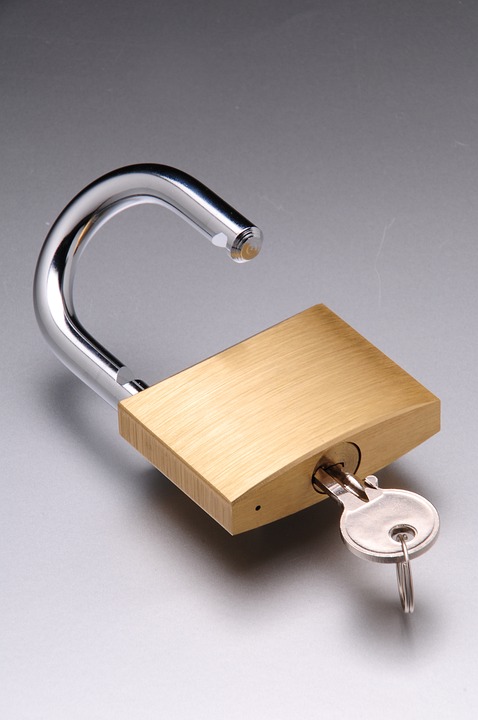WordPress is a powerful and flexible content management system that allows users to build beautiful websites with ease. However, as your site grows, you may encounter issues that stem from conflicts between themes and plugins. These conflicts can result in features not functioning properly or, in some cases, complete site breakdowns. This guide will walk you through the troubleshooting process to identify and resolve these issues.
Understanding Theme and Plugin Conflicts
WordPress themes control the visual appearance of your website, while plugins add specific functionalities. However, when these elements work against each other, conflicts can arise. This can occur due to:
- Outdated themes or plugins
- Incompatible code
- JavaScript errors
- CSS conflicts
- Function name collisions
By understanding these potential conflict areas, you can better prepare yourself for troubleshooting them effectively.
Step 1: Backup Your Site
Before diving into troubleshooting, it’s important to secure your work. Always back up your entire WordPress site, including the database and files. You can use plugins like UpdraftPlus or BackWPup for this purpose. Having a backup allows you to revert back if any ongoing changes make the situation worse.
Step 2: Enable Debugging
WordPress has a built-in debugging mode that can help identify issues. You can enable debugging by adding the following lines to your wp-config.php file:
define('WP_DEBUG', true);
define('WP_DEBUG_LOG', true);
define('WP_DEBUG_DISPLAY', false);With this setup, errors will be logged in wp-content/debug.log, allowing you to analyze them without displaying them to the public.
Step 3: Identify the Issue
3.1 Isolate the Conflict
To identify the cause of the conflict, you’ll need to rule out both the theme and the plugins:
-
Switch to a Default Theme: Temporarily switch to a default WordPress theme (like Twenty Twenty-One). If the issue resolves, the problem lies within your theme.
- Deactivate All Plugins: Deactivate all your plugins and check if the issue persists. If the issue resolves, reactivate your plugins one at a time while checking for the issue after each activation. This will help you identify the specific plugin causing the conflict.
3.2 Review JavaScript Errors
Open your browser’s developer console (F12 or right-click and select "Inspect") and look for JavaScript errors, which often indicate a conflict between scripts used by different themes or plugins.
Step 4: Resolve the Conflict
4.1 Update Everything
Ensure that your theme and plugins are updated to their latest versions. Updates frequently include bug fixes and compatibility improvements that can resolve conflicts.
4.2 Replace or Remove the Conflicting Element
If you identify a specific plugin or theme causing the conflict, consider one of the following courses of action:
-
Seek Alternatives: If a plugin is causing conflicts, search for alternatives that offer similar functionality without the issues.
- Use Child Themes: If the conflict arises from a theme, consider creating a child theme and modifying code in it rather than the parent theme to prevent conflicts with future updates.
4.3 Custom Code Adjustments
If you are comfortable with coding, debugging the conflicting code may be a solution. You can:
- Use conditional statements to prevent loading certain scripts/scripts based on the conditions that cause conflicts.
- Enqueue scripts properly using
wp_enqueue_script()andwp_enqueue_style()to avoid any improper loading techniques.
Step 5: Seek Support
When you’ve exhausted all troubleshooting methods and still haven’t resolved the conflict, it may be time to seek help:
- Theme/Plugin Support: Most premium themes and plugins come with vendor support. Reach out for assistance.
- Community Forums: The WordPress community is large and often helpful. Places like the WordPress Support Forum or Stack Exchange can provide insights.
Step 6: Document Your Findings
Once the issue is resolved, document what you did to fix the problem. This record can help you or others in the future when faced with a similar issue.
Conclusion
Troubleshooting theme and plugin conflicts in WordPress can seem daunting, but following a systematic approach can save you time and frustration. By isolating the problem, resolving conflicts with updates, and seeking support when necessary, you can restore your website’s functionality. Maintaining backups and documenting your findings will serve you well in the long run, ensuring you have strategies in place for similar scenarios in the future. Happy blogging!
Contact Us





